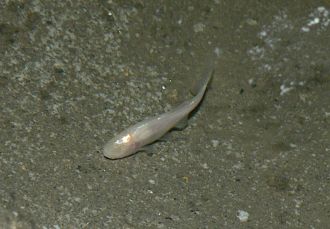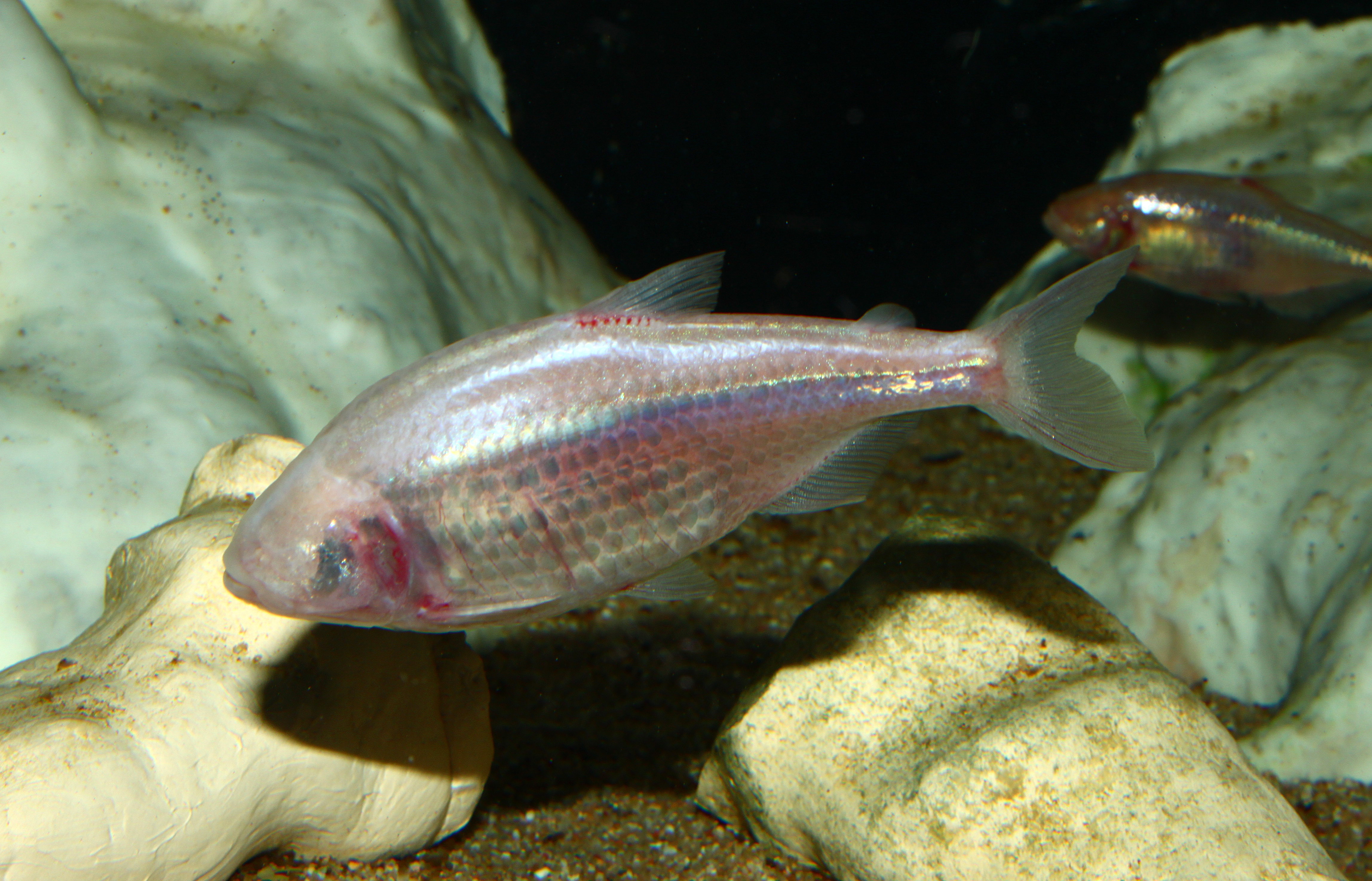Media release
From:
Blind Fish Have Cells That See Light
Proceedings of the Royal Society B: Biological Sciences
Summary: While most animals follow daily cycles of the sun, some have adapted to a life in darkness. One such example is the Mexican blind cavefish, an eyeless fish, known for minimal sleep that no longer rely on daily clocks. Studying these fishes remains challenging as they are rare, so we established cell cultures from cavefish and tested its suitability to study the changes to the circadian clock. We found that despite originating from eyeless fish, the cells exhibit direct responsiveness to light and can maintain molecular rhythms, making them a valuable tool for studying adaptations to life in the dark.
Multimedia




 Australia; QLD
Australia; QLD



